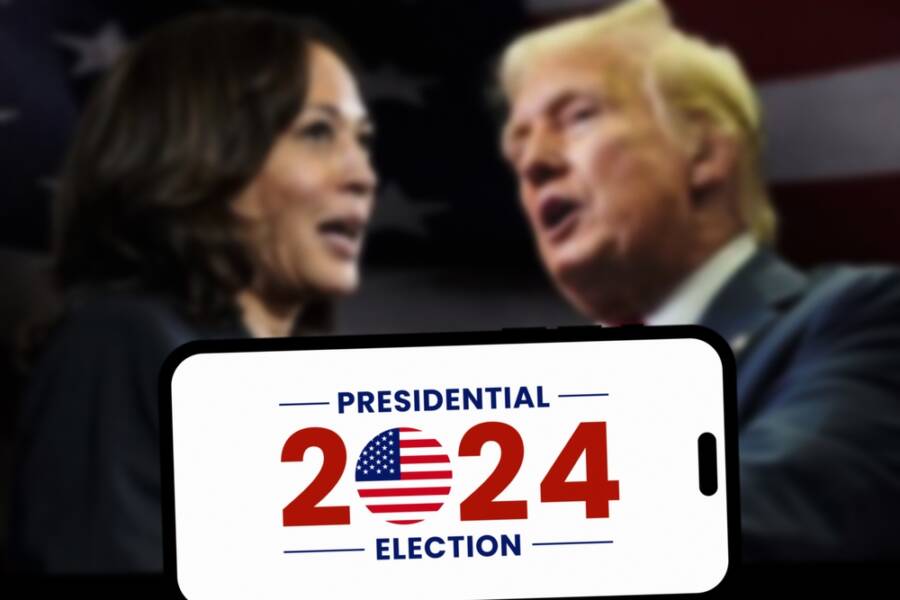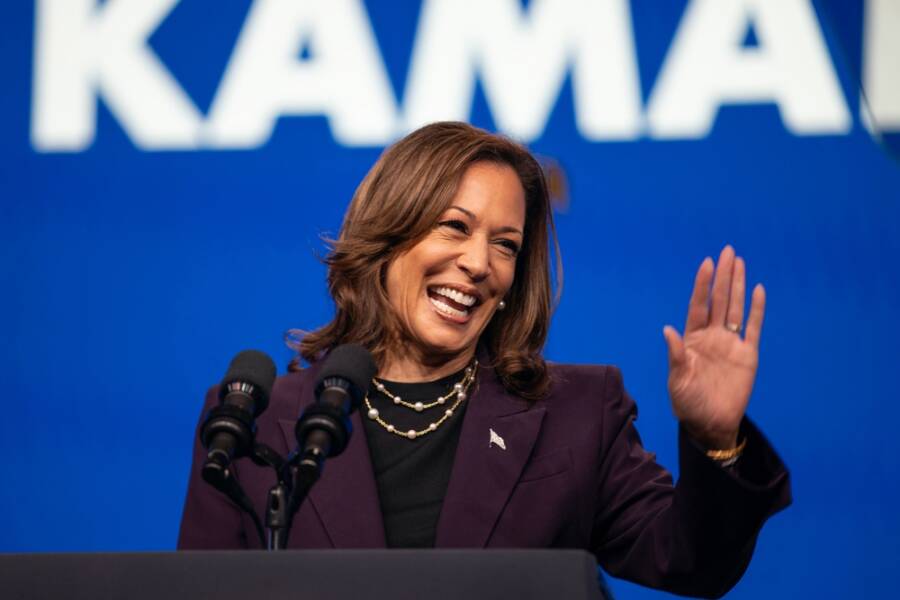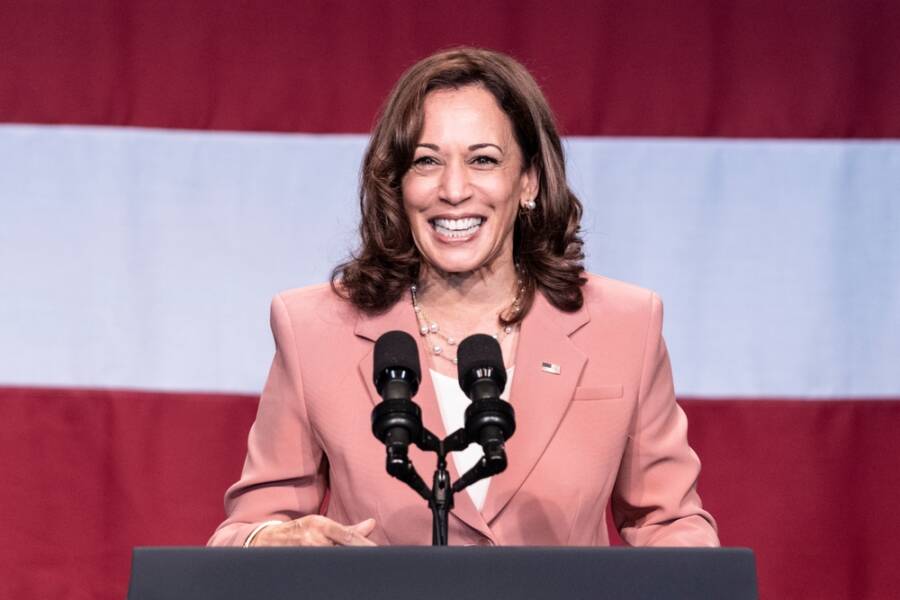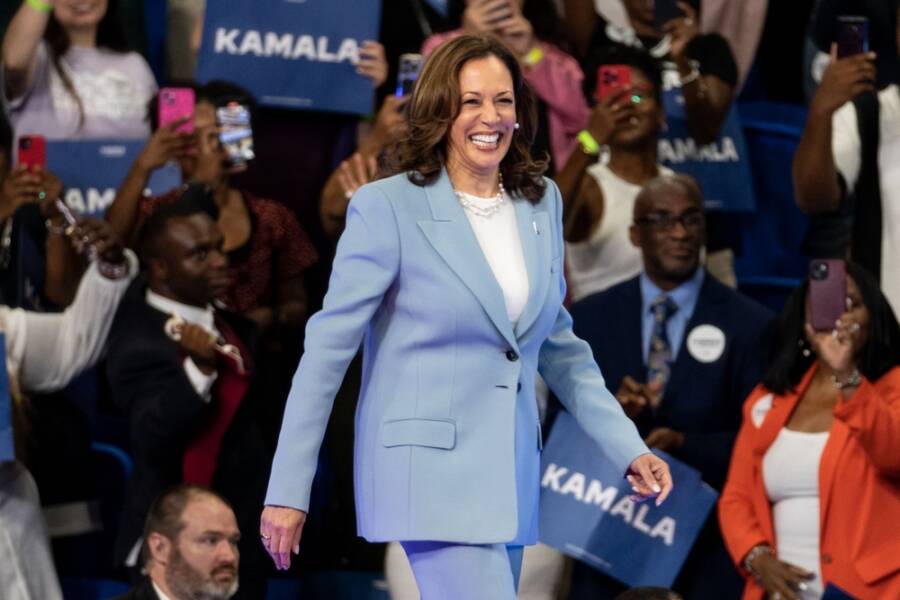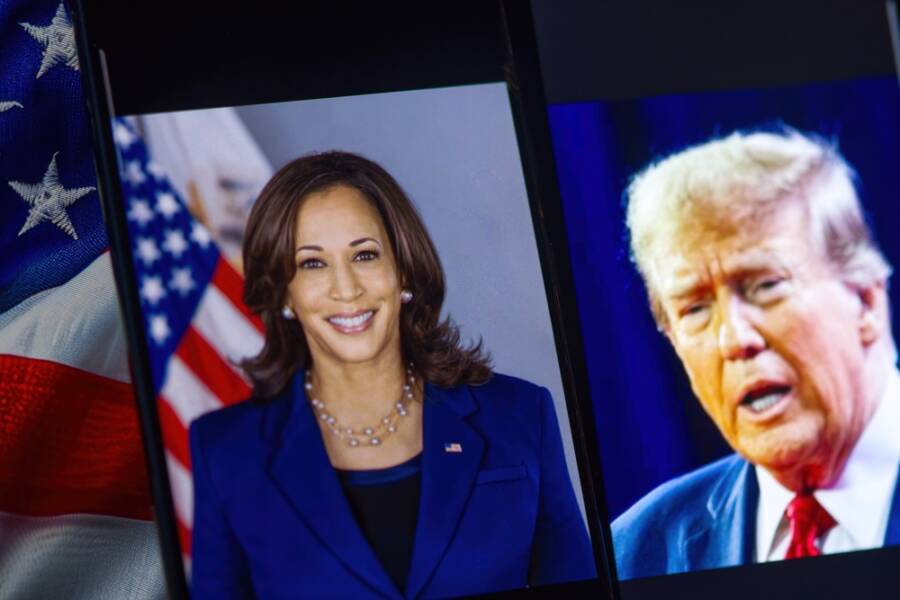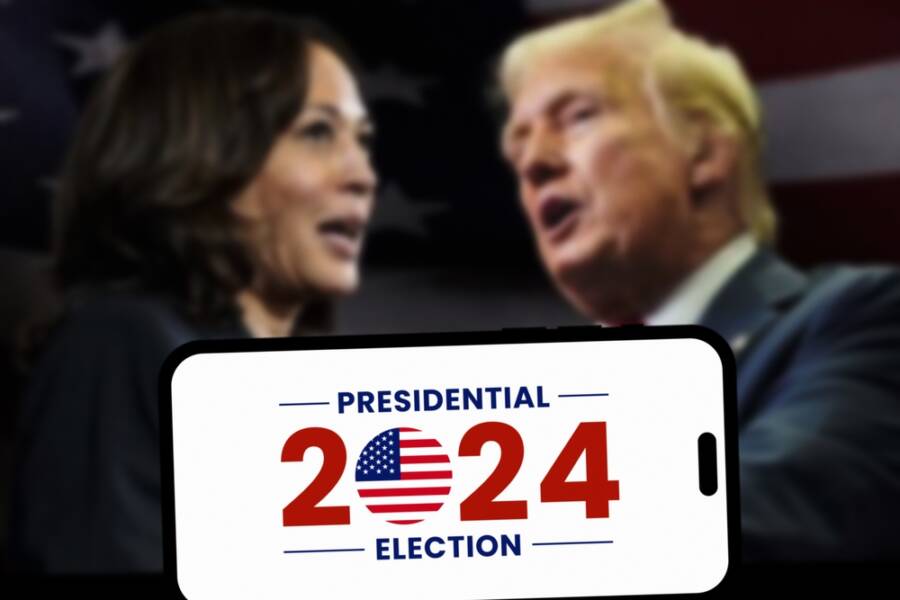Is the strategy of Kamala Harris reshaping the campaign battlefield?
The presidential race is more heated than ever and is fascinating to observe how the strategies of the candidates changed and look at the new methods they use to connect to their voters.
If you are still clinging to the old playbook of carefully orchestrated television appearances, you can say goodbye to that because both Vice President Kamala Harris and former President Donald Trump pioneered some revolutionary approaches that will completely reshape how campaigns will happen from now on.
Podcasts, social media platforms, and unconventional broadcast channels are now the main setting for the electoral battle, and candidates are now able to speak directly to their target demographics, often bypassing the filters of mainstream media.
Read on and discover how this is affecting the whole campaign and what the main concerns are.
The Harris evolution: from cautious to courageous
We can’t deny that the strategy Kamala Harris used at the beginning of her campaign transformed completely, and this is a fascinating story about political adaptation. Early in her campaign, Harris was reserved and tried to follow the classic timeline that was used by all the former candidates in the past. After all, this was the recipe for success, right? Or at least this is what we have believed until now!
The controlled settings used to be everything and also the core of the so-called “joy strategy.” What is this strategy supposed to mean? Kamala Harris was very careful about where she appeared, and all of her apparitions were carefully curated. Glossy magazines feature well-known hosts that everybody loves and a strong positive narrative; these were the elements of the “joy strategy,” and we are sure you can recognize them from other candidates. This is not something new.
However, the polling numbers suggested that this strategy is not working anymore, so something has to be done. Harris’s team needed to do something, and this is when the legendary Fox News appearance happened.
This was a decision that raised eyebrows across the political world, but in the end, there were 7.8 million viewers in front of the TV, quadrupling host Bret Baier’s typical audience. Kamala Harris skillfully parried challenging questions while also effectively delivering her campaign’s core messages.
She made it clear that her presidency won’t be an extension of Joe Biden’s presidency, and this independence is what shifted her campaign completely, all of this during the 25-minute slot that was reserved for her. This was a true viral moment!

It’s all podcasts now
But maybe the biggest change in the strategy Kamala Harris was using is the embracement of what political analysts have termed “podcast populism.” This is something that truly surprised all of us considering that the Vice President simply ventured into unexpected territories with this new move.
She appeared on “Call Her Daddy,” a podcast that is known for its bold discussions about contemporary issues, and also on the iconic Howard Stern Show, where she had a perfect chance to connect with the people on a more personal level, revealing more about her musical taste and also her cultural preferences.
Harris’s appearance in a successful female empowerment podcast and at other podcasts and radio shows represents more than just a change in media platforms; this is a revolution that shows us how presidential candidates can now connect to their voters in new and more personal ways.
Trump’s counter-strategy
While Kamala Harris tried to get as much coverage from the media as possible, former President Trump has pursued a different yet equally modern approach. He also appeared on more podcasts, but they were just the ones focusing on his supporters. They were the target audience. He actually made a whole tour, visiting eight podcasts, but as we said, his strategy was a little bit different.
“Full Send,” “Bussin’ With the Boys,” and “Flagrant” are just a few of the shows Trump appeared at. What is important is that he managed to generate the viral moments his team was looking for. Creating shareable content is an essential power during a campaign, and he surely has it.
Why is it so important, you might ask? It’s simple. These podcasts have a target audience, but those viral moments spread all over the internet, and this extends far beyond the original audience.
Also, let’s not forget about his apparition with Theo Von, where Trump discussed some personal matters with topics like his brother’s struggle with alcoholism. This is a more vulnerable side of him we’ve never seen before.
The strategy behind the shift
It is easy to see that Kamala Harris and Donald Trump have contrasting strategies, but there are exactly these strategies—the ones that reflect the different objectives of their campaigns.
Harris’s team focused on undecided voters. The apparition on Fox News is specifically targeted at persuadable Republicans. The same goes for the podcast she was at. She wanted to reach a large audience, and she actually achieved this.
On the other hand, Trump stuck to his base and tried to strengthen the connection he has with them through carefully selected podcast appearances and by avoiding mainstream media.
It’s clear that candidates are looking for more authentic ways to reach their voters, and the podcast format appears to offer some unique advantages: more discussion time, a less formal setting, and an opportunity to reach particular demographics via their favorite media channels.
Also, political science experts are discussing that this new approach is one that shows us that the teams behind the candidates have a deeper understanding of modern political tribalism than we ever thought.
According to Dr. Michael Morris, a Columbia University professor, podcast appearances can be particularly helpful since they give “the illusion of proximity”—making politicians look a bit like “a friend of a friend” and not a political figure that is distant.
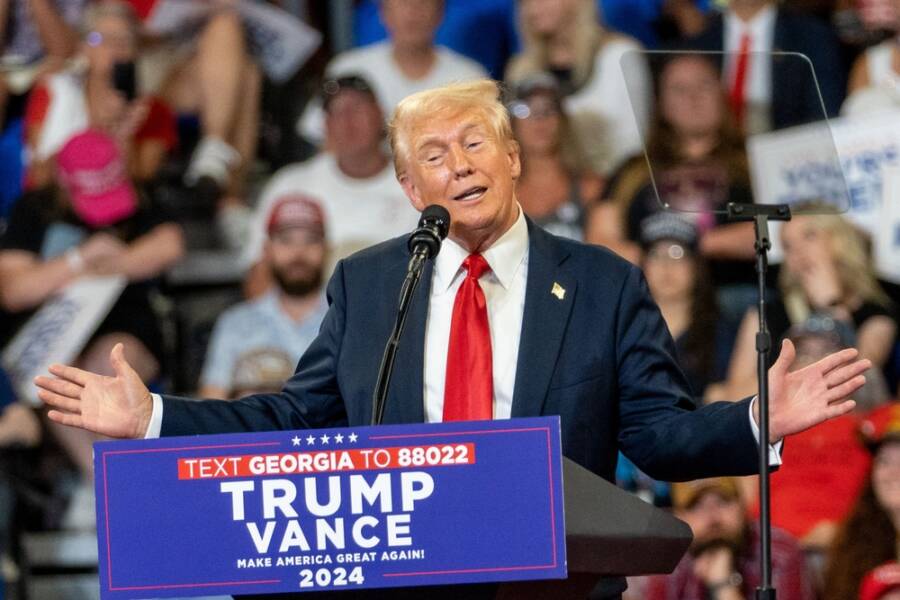
Are these strategies successful?
This year, campaign spending reached $15 billion, an all-time high, sparking an important question: are these massive expenditures truly paying off? Candidates are increasingly adopting unconventional media strategies, but many are left wondering whether these new approaches are delivering tangible results.
Traditional metrics like television ratings offer some insight, thus the apparition of Kamala Harris at Fox News, which generated some impressive numbers, but the true impact of the podcasts is so much harder to quantify.
All we can say is that both candidates had memorable moments during podcasts, and these moments may shape the voter’s perception. Also, their message was delivered all across the media platforms, reaching audiences they had never reached before.
Election approaches rapidly, these being the last weeks remaining, and both candidates used new strategies during this campaign. Maybe they had contrasting methods, but both of them made history and showed us new modern perspectives of political communication.
Regardless of the election’s outcome, these innovative methods are likely to influence political campaigns for years to come. No other campaign will be the same as we were used to from now on!
If you want to find out more about Kamala Harris, this book might be a good start: The Achievements of Kamala Harris by Jason Dudash
You should also read: The Democratic National Convention: 5 Shocking New Things We Learned

